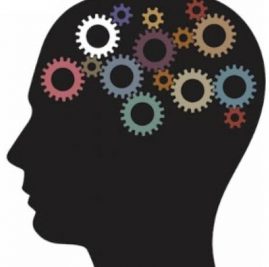Intercommunity Action is proud to introduce ‘Interact with Us,’ a weekly blog where we will share new and helpful tips for families and consumers around relevant mental health topics. We would love to hear your reactions and welcome all questions. If you would like to learn more about a topic or hear how we can help, please contact: greenridge@intercommunityaction.org. Also, please note that in addition to our Philadelphia location, we have also opened a new Bucks County site in New Britain.
Here is our first blog, we hope you enjoy!
Interact with Us: Learning Disabilities
Do you or your child have difficulty reading, writing, or with math? Perhaps you’re struggling from undiagnosed dyslexia or a specific learning disability making work or school just that much harder. Specific learning disorders can present with impairment in reading comprehension, spelling accuracy, or even mathematical calculations. Individuals may struggle for years through school or with work by overcompensating for their difficulties, without receiving any help. The clinicians at Intercommunity Action can help identify learning disorders and also provide you with individualized recommendations to enhance areas in which you may be struggle with.
Please do not hesitate to contact us today!!
Here are some facts:
• Kids with LD are at higher risk for discipline issues and dropping out of school.
• Up to one-third of parents of kids with learning disabilities (LD) don’t feel prepared to take on the challenge.
• 66 percent of individuals with a learning disorder are boys.
• 32 percent of young people ages 16–25 who seek help from Vocational Rehabilitation (agencies that help people prepare for employment and continue to be successful on the job) have LD.
What do parents say about learning disabilities?
• 45 percent of parents say their child has been bullied.
• 66 percent think that kids with LD are bullied more than other kids.
• 37 percent say their child’s school doesn’t effectively test for LD.
LD in College
• Only 24 percent of young adults with LD inform postsecondary schools about their needs.
• 17 percent get accommodations and support at the postsecondary level.
• 41 percent of young adults with LD complete postsecondary education within eight years of leaving high school, as compared to 52 percent of young adults without LD.
LD in the Workforce
• 46 percent of working-age adults with LD report being employed, as compared to 71 percent of adults without LD.
• 67 percent earned $25,000 or less per year within eight years of leaving high school.
• 19 percent say their employers are aware that they have LD.
• 5 percent have accommodations in the workplace.

